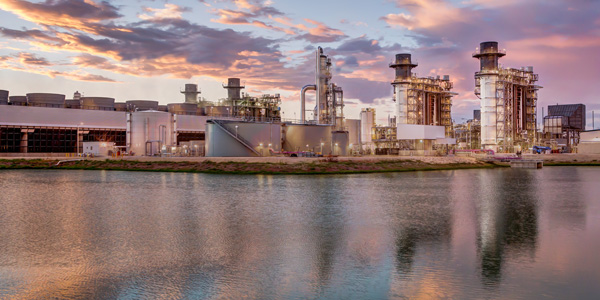A panel discussion Tuesday on natural gas’s role in a clean-energy grid during the National Association of Regulatory Utility Commissioners’ virtual Summer Policy Summit revealed a divide between single-state ISOs and multistate RTOs.
NYISO and CAISO representatives reveled in their environmental targets and progress on decarbonization. NYISO CEO Richard Dewey mentioned New York’s combined solicitations for 4 GW of renewable energy, the largest ever by a state, and said that, moving forward with planning, the grid operator was “assuming we’ll hit” the state’s goal of a 100% carbon-free system by 2040. (See related story, NY Announces 4 GW in Clean Energy RFPs.)
Mark Rothleder, CAISO’s vice president of market policy and performance, said his ISO is driven by California legislation to reach a 50% renewable energy target by 2026 and a 100% clean-energy system by 2045.
“We’ve had as high as 80% renewables, and almost 100% carbon-free energy, for a few hours,” he said. “Now we need to know how to do this over a longer period of time.”
“It’s interesting to listen to people running ISOs that have single state. Policy direction is clear to them. They’re much more strongly putting forward their point of view,” PJM CEO Manu Asthana said. “PJM is unique. PJM has a diverse footprint. We have some states very dedicated to decarbonizing and others that are dependent on fossil fuels. Others have done well with shale and have cheap natural gas.”
Within PJM’s footprint, gas has grown to 37% of the fuel mix, Asthana said. Coal-fired resources have dropped from nearly 60% of the fuel mix 15 years ago to about 23%, resulting in a 34% drop in carbon emissions.
“Our fuel mix has been shifting to a significantly more decarbonized system. We see that just continuing,” he said.
MISO CEO John Bear said the fuel mix in the RTO’s 15-state footprint is also seeing a “significant” reduction in coal usage, nearly halved from 76% of the fuel mix in 2005 to 39% last year. It expects that to fall further to 27% by 2030, when gas will account for 28% of the mix.
That is emblematic of natural gas’s role as a transition fuel, providing reliability as intermittent renewable resources take the place of coal-fired generation. Nowhere is that more evident perhaps than in MISO, which Bear said has more than 50% of the U.S.’ gas storage resources.
“There are a lot of tools for us to use when things get challenging,” he said. “As we get to higher levels of renewable-energy penetration and have frequency- and voltage-stability needs, understanding the transmission system and how we can move those [gas-fired] attributes around is really critical to keeping reliability high and costs low.”
“We see a role in the near term for gas,” Rothleder said. “It provides local reliability in constrained areas. It provides a fuel source when we have evening peaks and the sun is going down, but we still have high load. It provides resiliency to meet those times when solar production is down. Lastly, the gas fleet has attributes that provide essential reliability service.”
Dewey said that to meet NYISO’s goal of 100% carbon-free electricity system by 2040, “that’s where you start to look at the value of the attributes of the gas resources.”
“Even when we’re hitting renewable targets, there’ll still be hours when we need that dispatchable resource,” he said. “Storage will be critically important. It will offset a lot of those instances … but it’s still a long way to meet reliability needs. As a bridge mechanism, natural gas will be critical to achieve those goals.”
And the future?
“The future is finding replacement resources that can match that dispatchability,” Dewey said.



